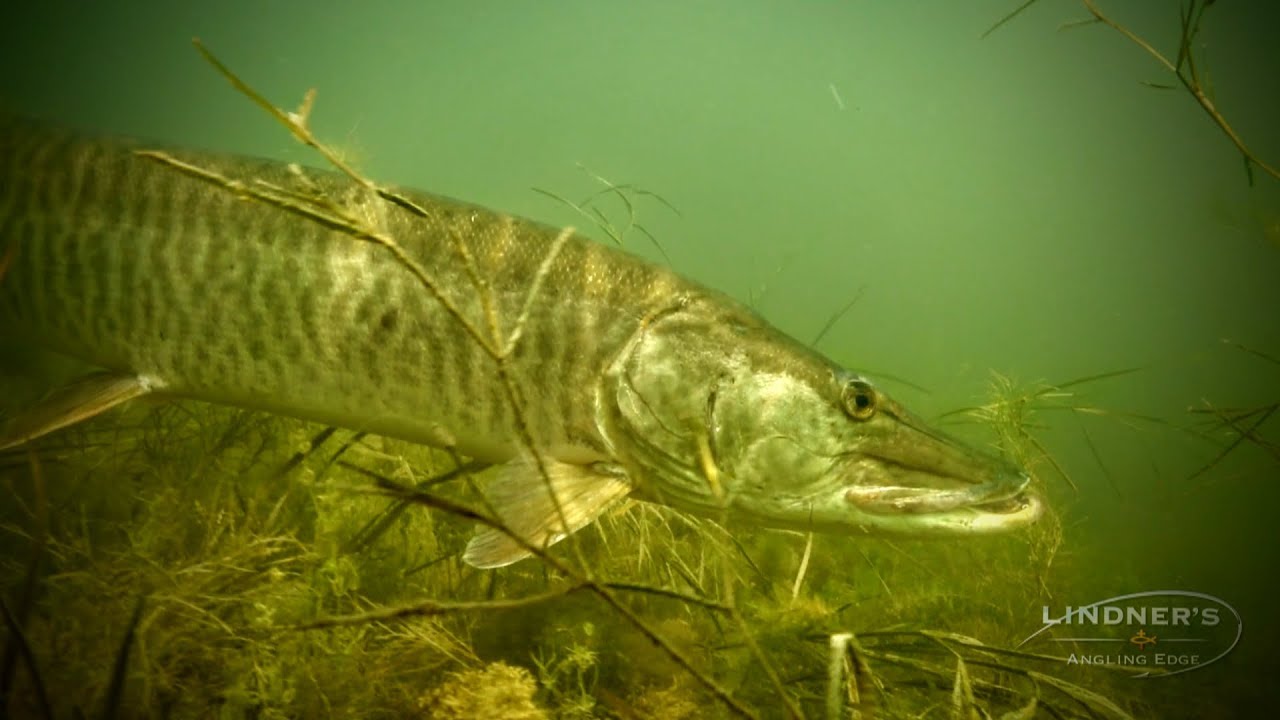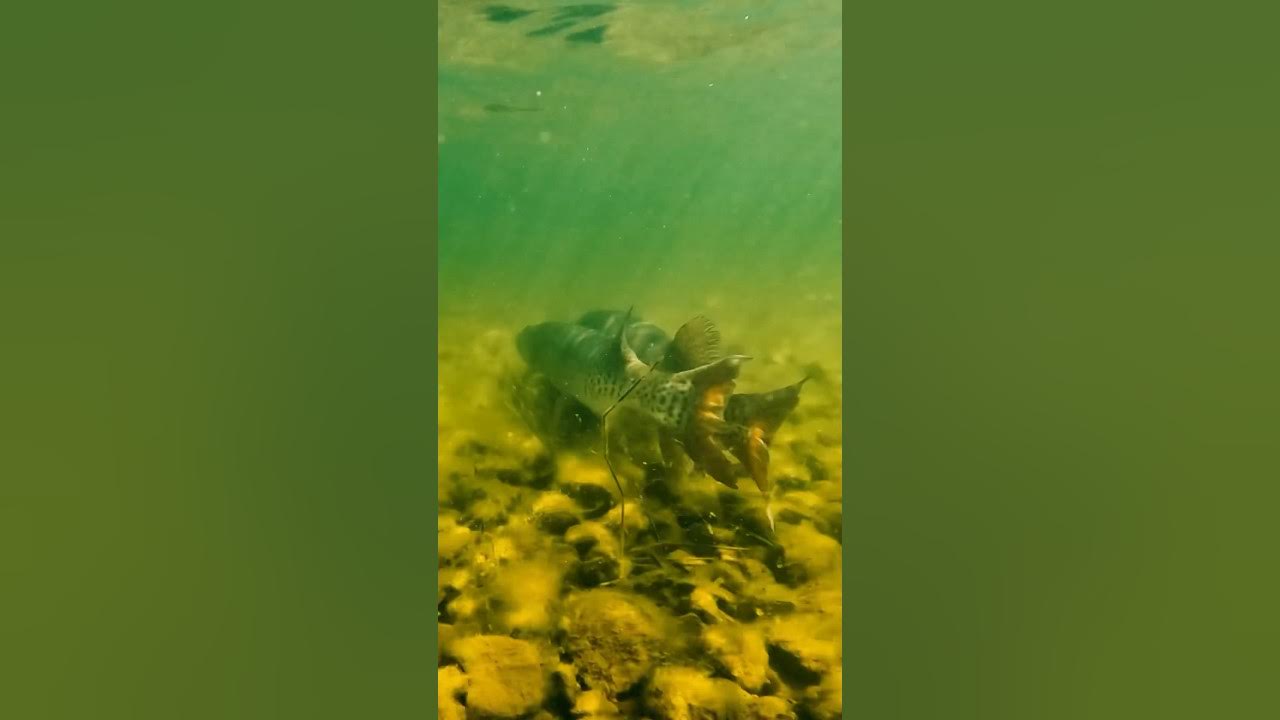SUMMER WALLEYE
When summer arrives, do we sit in our cars or homes complaining about the heat? Of course not. We turn on our air-conditioning because we want to be comfortable. Well once the water temperatures start to warm, Walleye will transition to their summer locations, because they want to be comfortable too. These summer homes can be deeper weeds because they have cover, food and the weeds produce oxygen. Other summer spots could be any structure in deeper water like rock bars, gravel, areas with a rocky bottom (LARGER THE AREA THE BETTER) or bottoms where hard (GRAVEL, ROCK) meets soft (SAND, MUD/MUCK) and any size mid-lake humps are all good spots. When I say deeper, this could be 15 to 35 feet depending on the lake.
Here a are few locations that I believe are overlooked. Break lines (SHARP DROPOFFS) near weed beds, deeper parts of shoreline points that have small rock bars going to deeper water, small, isolated weed beds in 10 or even shallower water and mid-lake humps, because these areas will attract baitfish and baitfish attract bigger fish, meaning Walleye.
Another technique is using a spinner bait or a floating jig head with a bottom bouncer (A LATER TOPIC) can produce well also.
Walleye can be suspended higher in the water column, and this is when trolling (WHERE LEGAL) crankbaits can produce well, and you also cover more water when trolling. If trolling is not allowed, wind drifting is the next best thing.
Now for catching those fish. When tight lining (helps detect the slightest tap and improves catch rate) a jig with live bait (MINNOWS/LEECHES/CRAWLERS) in deeper weeds or over rocks, lower your line until slack appears on top of the water and reel up so your bait is a foot or so off the bottom. Then slowly raise your rod tip up a foot or so and then back your starting position letting your offering flutter back down. Or in the same location, reel up a foot at a time to possibly catching suspended fish (IN 30 FEET REEL UP TO 15 FEET), then let the bait fall back down to the bottom again. Another technique is using a spinner bait or floating jig head with a bottom bouncer (A LATER TOPIC) can catch a lot of fish. When fishing mid-lake humps, always present your bait on the current side of this structure.
If you spot walleye suspended higher in the water column on your depth finder, this is when trolling (WHERE LEGAL) crankbaits can produce well, and you can cover a lot more water when using this method. If trolling is not allowed on the water you are fishing, wind drifting while pulling a spinner rig can be the next best thing, especially on windy days.
When you get a bite, it will most likely just be a tap, tap, (DON’T SET THE HOOK) just lift your rod until you feel the weight of the fish, then give your rod a short snap to set the hook and keep the line tight. Fishing these locations on a cloudy, overcast day will up your chances of catching Walleye too. Then add some wind on those cloudy days and this could be your best day on the water. Legal size Walleyes on most Northwood lakes is 15 inches, and that fish is 3 to 4 years old, with a 20-inch fish being close to 5 or 6 and a 22 incher is around 7 years old. I hope this helps some of you put a few Walleyes in your LiveWell.
PLEASE RELEASE WALLEYE OVER 24″. THESE BIG GIRLS PRODUCE MORE EGGS AND LARGER WALLEYE IN THE FUTURE.





Nice informative article